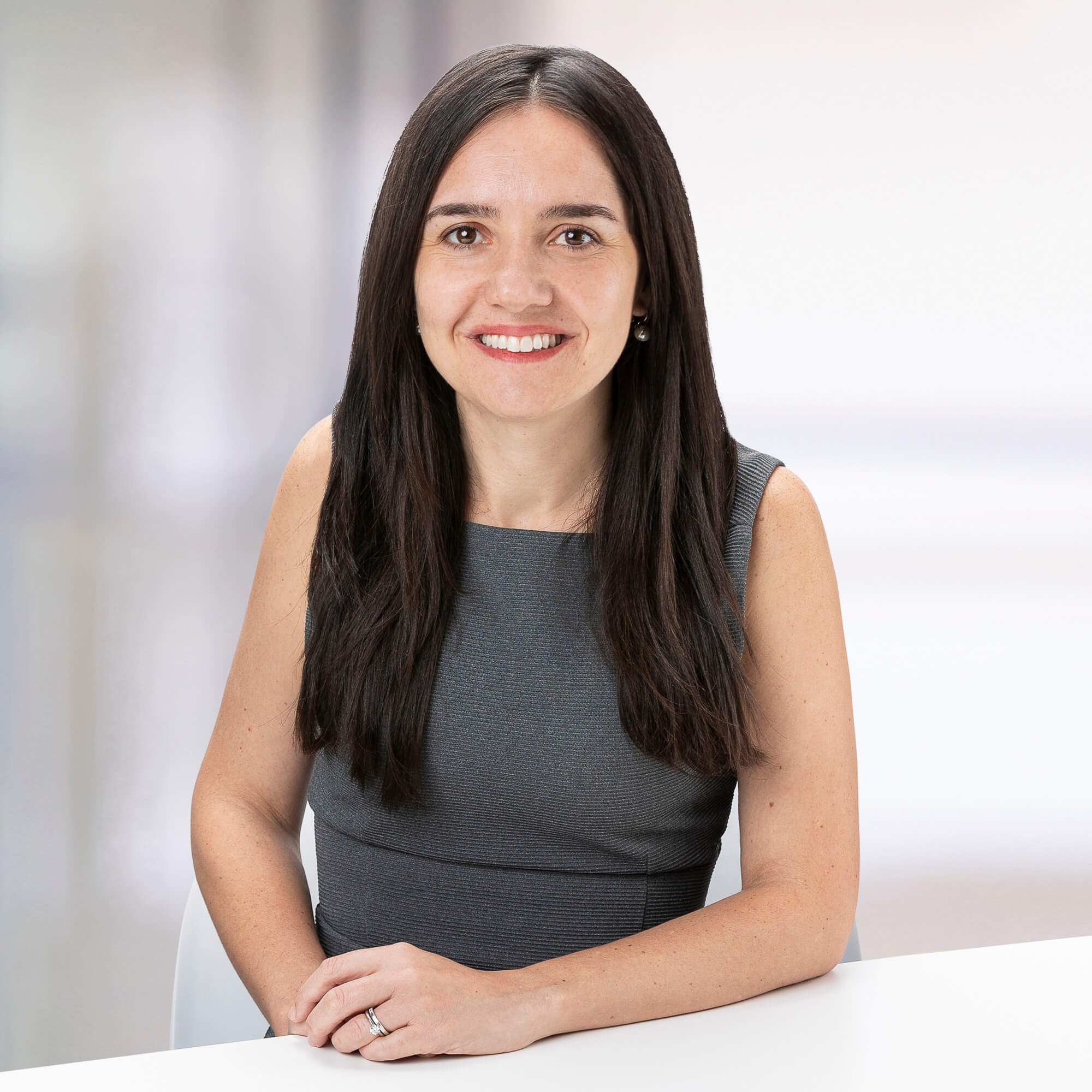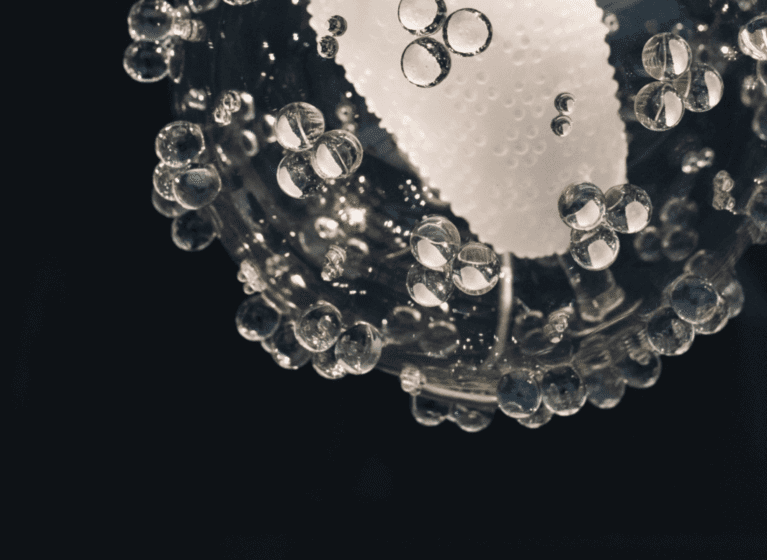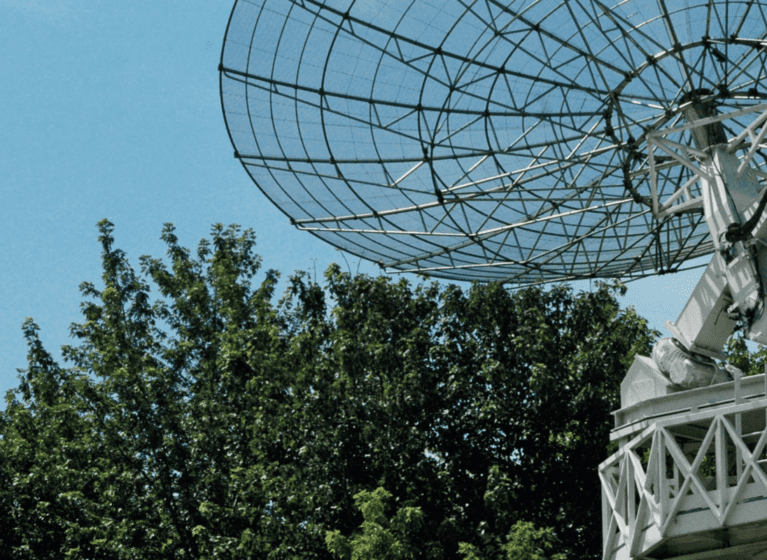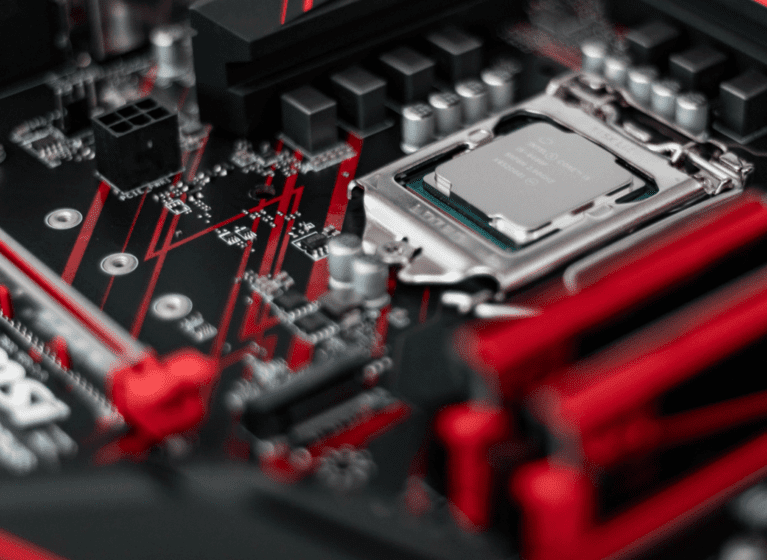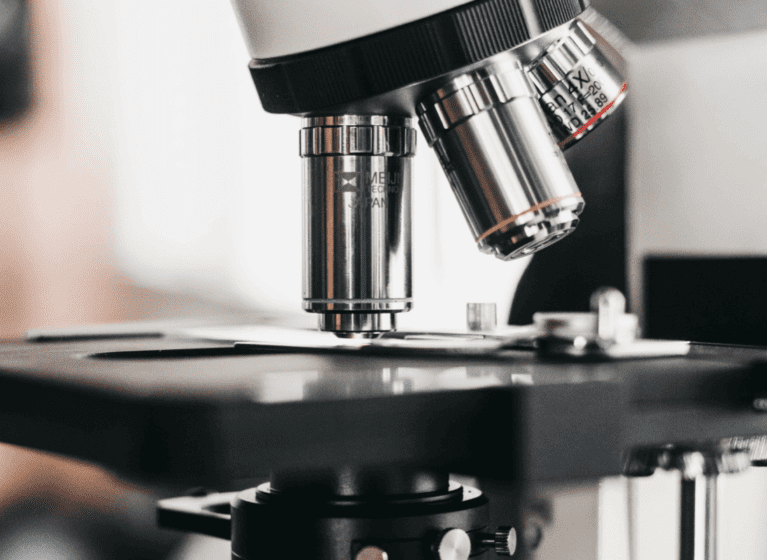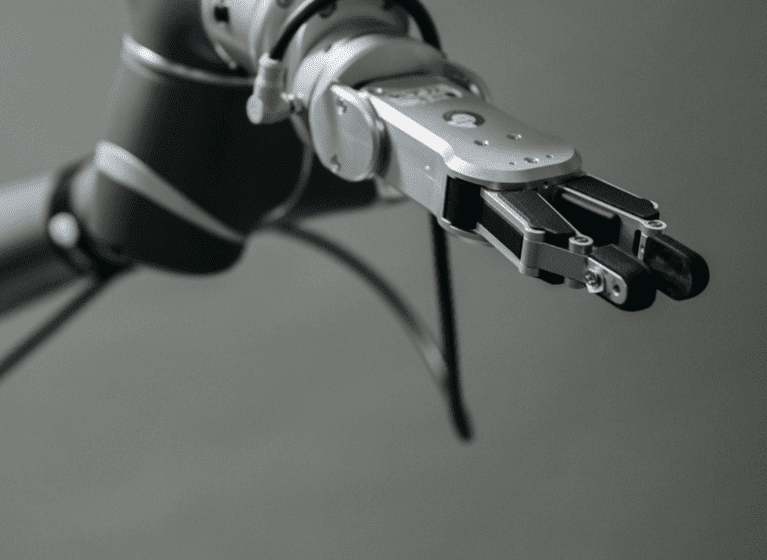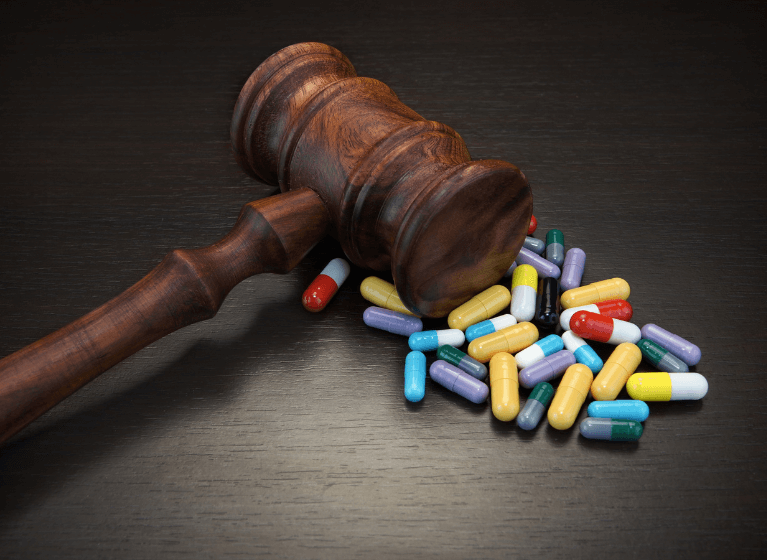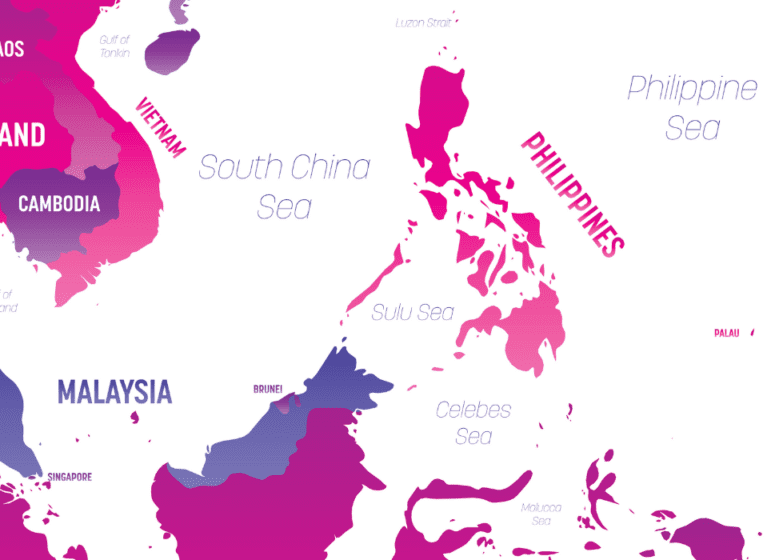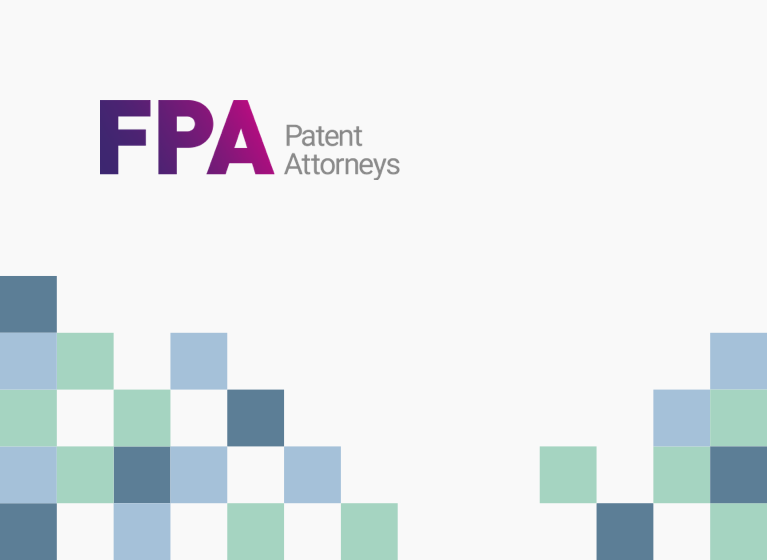In part 1 of this series, we discussed if it is possible to meet patentable subject matter requirements in the key countries in Southeast Asia/ASEAN for computer implemented medical technologies. Following on from part 1, this article looks at specific real-life examples of patent applications filed in the hub of Southeast Asia, Singapore, and draws comparisons to how the same technologies are treated in Australia with respect to patentable subject matter.
Example inventions – patentable subject matter
The table below provides some examples of computer-implemented inventions (CIIs) in specific medical technology fields that have found to be patentable in Singapore. In particular, the examples relate to claims for medical technologies in the fields of Bioinformatics, Medical Imaging, and Digital Health. Further, the table below also includes examples for CII in the same medical technologies fields that have been considered patentable in Australia.
| Field | Example invention in Singapore | Example invention in Australia |
|---|---|---|
| Bioinformatics - Bioinformatics heavily relies on computer implementation to analyse and interpret biologic data. | Summary of the example invention: A computer implemented method that uses a trained algorithm to identify a BRAF V600E mutation in a biological sample of a subject. More specifically, the independent method claim is directed to a trained algorithm that compares the expression level of a biomarker in the biological sample with expression training data from samples with and without the BRAF V600E mutation. After the comparison, the method classifies the biological sample as containing or not the mutation with a specificity of at least 95%. Comments on patentability: This method determines with high specificity whether the genetic code of an individual has or does not have the BRAF V600E mutation. This information is relevant in order to understand mechanisms of diseases, their development and the most effective therapies against them. | Summary of the example invention: A method for personalised immunotherapy. More specifically, the method claim is directed to using patient data to collect candidate epitopes to in turn provide a first score to each candidate epitope based on the likelihood that the candidate epitope elicits an immune response in the cancer patient. A final single score is then given to the candidate epitopes combining the first given scores to reflect the likelihood of eliciting the immune response in the patient. The single score is also used to rank the candidate epitopes for the immunotherapy.1 Comments on patentability: The method estimates, with greater accuracy, which epitopes offers the best targets for particular patients. Further, the method considers the diversity of the neoantigens to better identify the most promising targets. Thus, the invention provides a technical advantage as it is directed to targeting more efficiently cancer cells during immunotherapy. |
| Comparison: Both bioinformatics invention examples utilise the computer to make determinations with greater accuracy, thus being able to better identity and treat a disease or condition. In both cases, the invention at least solves a technical problem outside of the computer and the computer is certainly integral to each invention. Therefore, based these two examples, there appears to be good commonality in both Singapore and Australia in what may provide the requisite technical advantages that will deem an invention to define patentable subject matter (which fits with the observation from part 1 that the patentability assessment follows similar criteria in Australia and most Southeast Asian/ASEAN countries). | ||
| Diagnostics - Medical imaging heavily relies on computer implementations for the purpose of diagnostics. | Summary of the example invention: An imaging analysis method to assess blood vessel stenosis from the image collected from a subject where the image analysis allows quantitative determination of the lumen area of successive cross-sections in the vessel segment. More specifically, the claimed method is directed to determining the lumen area by measuring the intensity profile along the diameter line of the lumen, then calculating the first derivative of the intensity profile in order to measure the gradient along the same line diameter. For each diameter line, the method establishes, for each gradient, the lumen boundary.2 Comments on patentability: The claimed method allows the establishment of the boundary of a lumen which is relevant to the measurement of segments of blood vessels. This measurement allows the identification of whether or not a stenosis is present in the vessel. Hence the technical advantage of the method lies in allowing identification of stenosis. | Summary of the example invention: A deep learning method to map material specific images from energy-selective images. More specifically, the method for generating material decomposition from CT scans uses a neural network including an encoder and a decoder. The encoder encrypts the structures of the input basis images into a feature representation at multiple different levels. The decoder projects the discriminative feature representation learnt by the encoder network into the pixel/voxel space to obtain a dense classification.3 Comments on patentability: This claimed method provides better rendering of low contrast tissues and materials, which can in turn be used in pathology or disease identification and monitoring (such as of disease progression). Thus, a technical advantage of this invention is improved disease identification. |
| Comparison: Both diagnostic invention examples again utilise the computer to make determinations with greater accuracy, thus being able to better identity and treat a disease or condition. In both cases, the invention at least solves a technical problem outside of the computer and the computer is certainly integral to each invention. Therefore, based these two examples, there appears to be good commonality in both Singapore and Australia in what may provide the requisite technical advantages that will deem an invention to define patentable subject. | ||
| Digital Health - Digital health technologies are based on computer implemented inventions that enable enhanced efficiencies of healthcare delivery and make medicine more personalized and precise. | Summary of the example invention: A system for delivering patient-centric and value-based care that includes computer implementation. More specifically, the system takes health data of different types from a plurality of agent modules based on a set of polling permissions. A switching module provides the polled health data into a common information model. The claimed invention also includes an interface module to gain access to the common information module.4 Comments on patentability: The above invention, is an example of technology-enabled data-driven solution that accelerates effective disease management and care. Often data are stored in different formats and different protocols are required to access these data. In contrast, the system described above allows processing of different types of data in a common format, thus the data can be easily processed by healthcare providers. | Summary of the example invention: A computer-based system for providing psychological therapy. More specifically, the method includes the steps of: setting a task to be completed by the patient via a task system; determining the score of the completed task; and providing an alert to the therapist and/or a supervisor in response to the score indicating that a level of a psychological condition of the patient is above a particular threshold.5 Comments on patentability: This invention notably includes a transcript element that aids learning consolidation, while a task and alert system facilitates efficient task handling and alerts for therapy intervention. This enhances cognitive behavioural therapy by ensuring effective sessions and timely support based on objective analysis. |
| Comparison to SEA: Both digital health invention examples utilise the computer such that processing efficiencies (related to either processing data of different types or task handling) are improved. In both cases, the invention at least solves a technical problem within the computer and the computer is certainly integral to each invention. Therefore, based these two examples, there appears to be good commonality in both Singapore and Australia in what may provide the requisite technical advantages that will deem an invention to define patentable subject matter. | ||
Other jurisdictions in SEA
As discussed in part 1 of this series, there is a broad similarity in the requirements for patentability of CIIs among the key countries in Southeast Asia other than Singapore. Based on this observation, it is reasonable to assume that the commonality in requirements discussed in the above table with regards to patentable subject matter requirements of CIIs in Singapore and Australia would broadly be applicable to the other Southeast Asian countries.
Key takeaways
Patenting medical technologies that rely on CIIs is possible in SEA (and Australia) if the claims are technical in nature, that is, if the claims provide a technical advantage or a technical solution to a technical problem. Therefore, when considering whether or not to seek patent protection for an invention in Southeast Asia, the level of technicality involved in the invention must be considered (with the above examples providing some guidance on the requisite level), along with the requirements of novelty and inventiveness.
1 The prosecution history, specification and granted claims can be found at IP Australia: AusPat Application Details
2 The prosecution history, specification and granted claims can be found at Search and Enquiry (ipos.gov.sg), select Patent Application No. and insert 11201707951
3 The prosecution history, specification and allowed claims can be found at IP Australia: AusPat Application Details
4 The prosecution history, specification and granted claims can be found at Search and Enquiry (ipos.gov.sg), select Patent Application No. and insert 11201705768
5 The prosecution history, specification and granted claims can be found at IP Australia: AusPat Application Details (AU2021202994)

